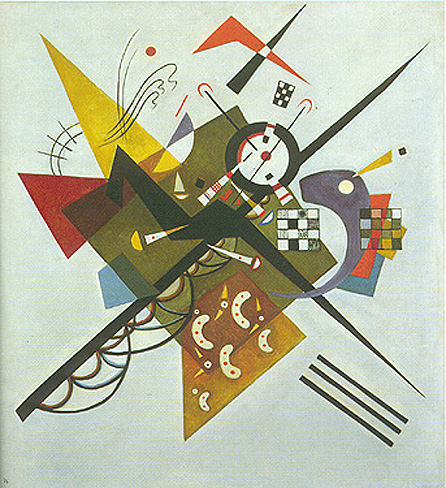 Possibly up to four per cent of the population, when seeing the number five, also see the colour red, although many have this condition but don't realise. And the percentage might go up to 20 - 25 per cent among artists but it's also more common in women and among people who are left handed.There are over 60 types of synesthesia. In number form synesthesia numbers or letters are seen as coloured. For example, according to Marian McPartland, the jazz musician who is a synesthete, 'the key of D is daffodil yellow, B major is maroon, and B flat is blue.'
Possibly up to four per cent of the population, when seeing the number five, also see the colour red, although many have this condition but don't realise. And the percentage might go up to 20 - 25 per cent among artists but it's also more common in women and among people who are left handed.There are over 60 types of synesthesia. In number form synesthesia numbers or letters are seen as coloured. For example, according to Marian McPartland, the jazz musician who is a synesthete, 'the key of D is daffodil yellow, B major is maroon, and B flat is blue.'In ordinal linguistic personification, numbers, days of the week, months of the year evoke personalities. In spatial-sequence, or number form synesthesia, numbers, months of the year and/or days of the week have precise locations in space.
The science of it: Synesthesia is a neurological condition in which stimulation of one sensory or cognitive pathway leads to automatic involuntary experiences in a second sensory or cognitive pathway. Or in simple terms, synesthetes involuntarily link one sensory perception to another. It runs in families, but can also be the result of a stroke, deafness or blindness. Some scientists believe it's a kind of cross-wiring, that we all possibly have it at birth but later lose it.
Famous people who may have had synesthesia are the painter Vasily Kandinsky, the composer Franz Liszt, the poet Arthur Rimbauld and the physicist Richard Phillips Feynman.
In 'Wednesday is Indigo Blue' (2009), neurologist Richard E. Cytowic and neuroscientist David M. Eagleman introduce research on this condition.


No comments:
Post a Comment